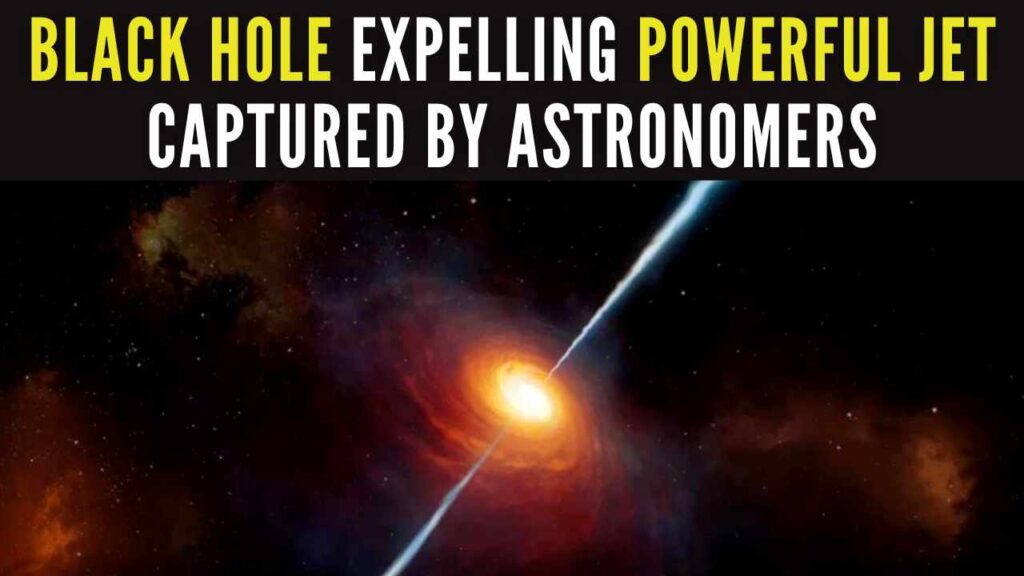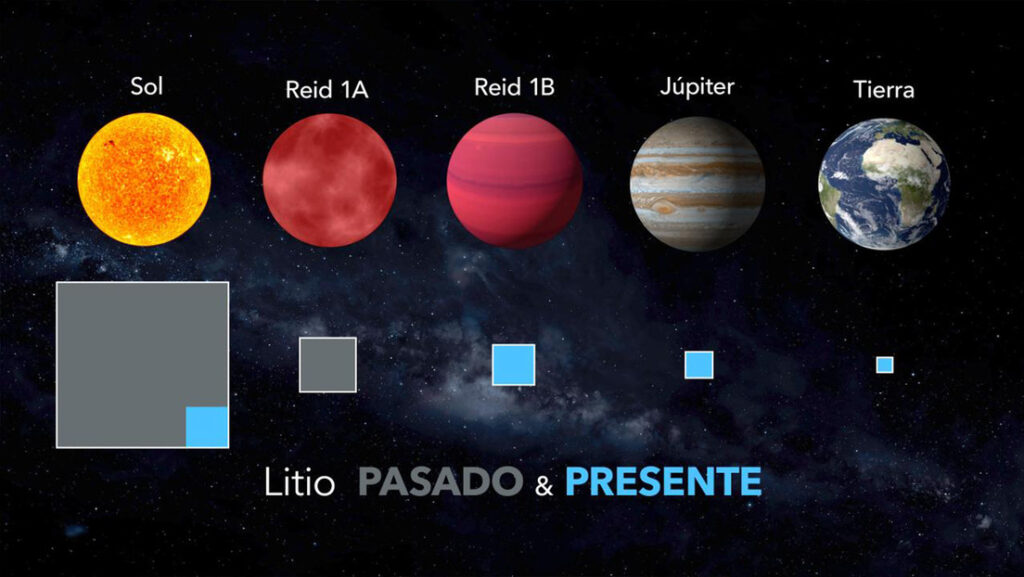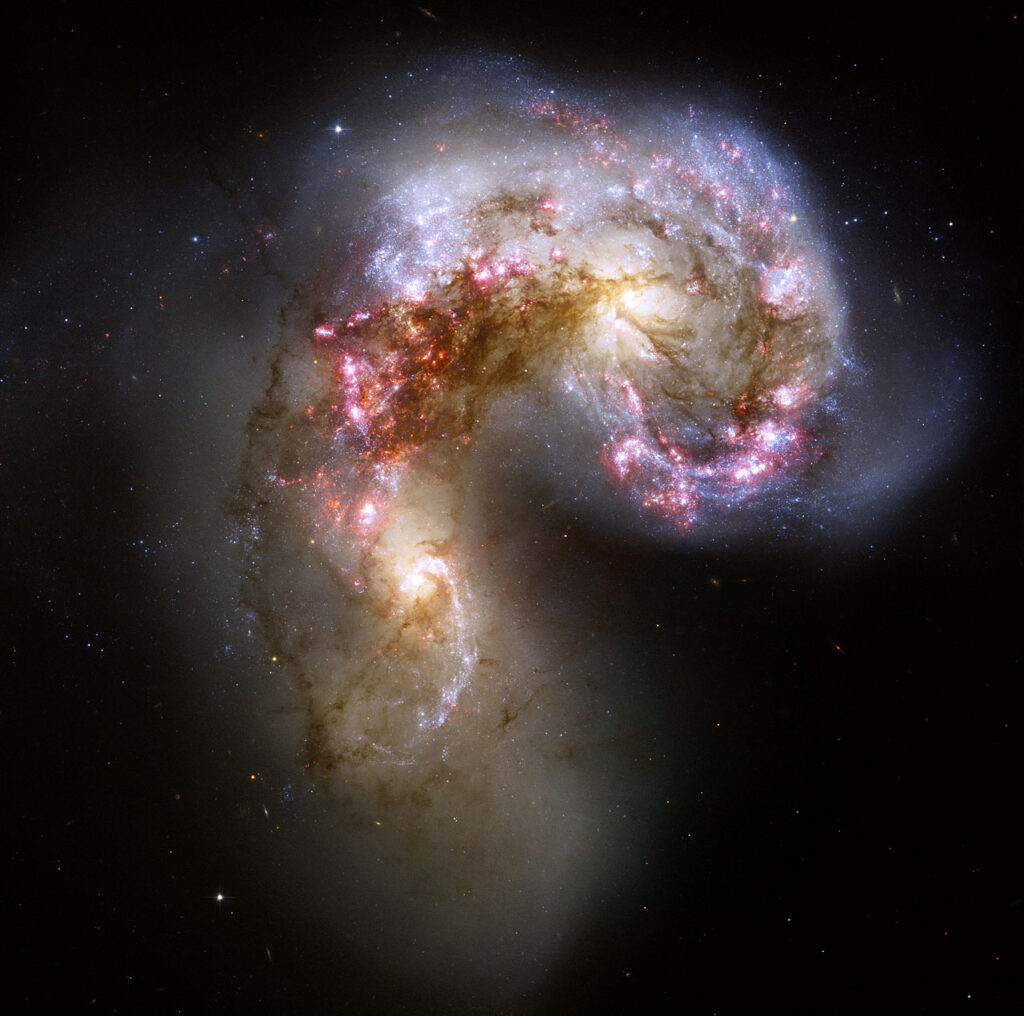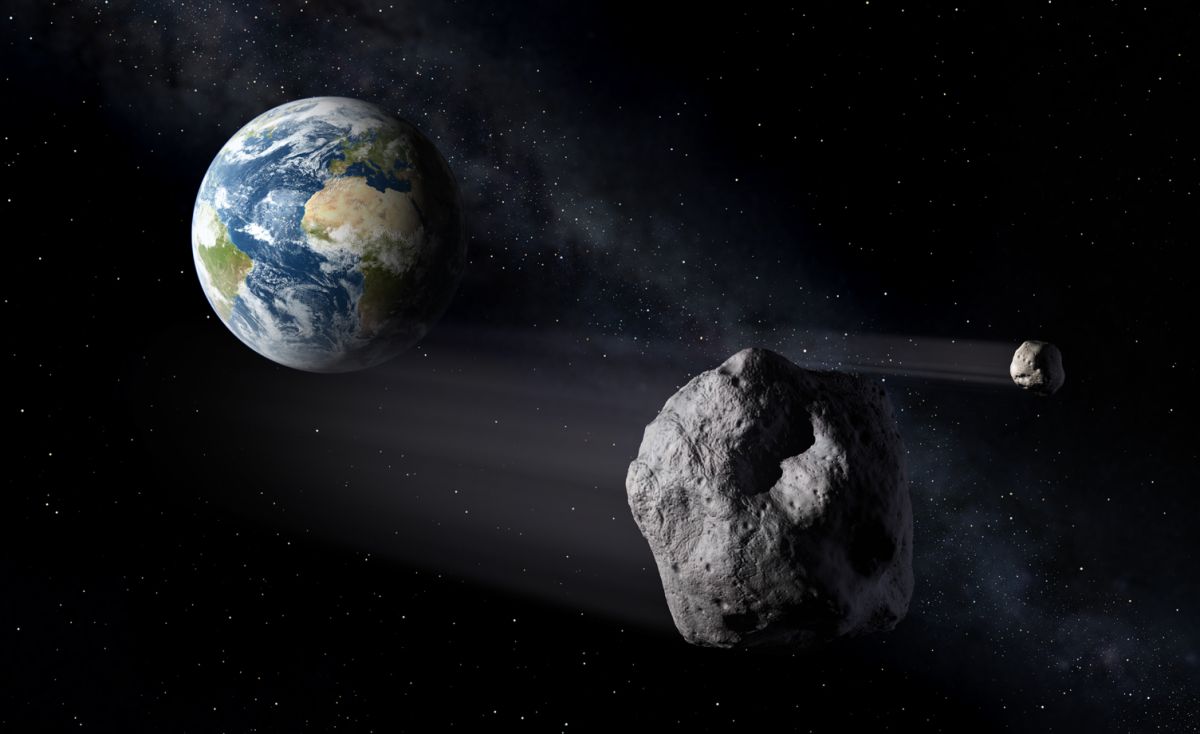
NASA has released a list of asteroids that will come in close proximity to Earth in the future. Consisting of asteroids, comets, and meteors, these small celestial objects can surprise us in numerous ways and serve as a fossilised record of the early solar system.
There are currently 3,865 known comets and 1,278,065 known asteroids, both of which are remnants from the creation of the solar system over 4.6 billion years ago.
On April 4, an asteroid measuring 92 feet in length passed within 1,400,000 kilometres of Earth. Another asteroid, approximately the size of a bus, will pass by Earth on April 5, at a narrow margin of only 5,68,000 miles.
On April 6, a house-sized asteroid, 65 feet tall, will be 3,570,000 miles away from Earth. Asteroid 2023 FZ3, which is 150-feet wide and the size of an aeroplane, is heading towards Earth at a speed of 67656 kilometres per hour and will pass by Earth on April 6 at a distance of 4,190,000 kilometres.
NASA’s Asteroid Watch dashboard monitors the approaches of asteroids and comets that are relatively close to Earth. The dashboard provides details of each encounter, such as the date of the closest approach, estimated object diameter, relative size, and distance from Earth. On average, Earth is about 239,000 kilometres away from the moon. In a historic event on September 24, NASA will receive a sample from the asteroid Bennu’s stony surface as part of the OSIRIS-REx mission.
How alarming are asteroids?
Asteroids are known as minor planets that consist of rocky, airless debris from the early stages of the solar system’s formation. They are also considered as leftovers from the formation of the solar system, and they orbit the sun in elliptical circles. About 30,000 asteroids of all sizes, including over 850 that are more than one kilometre wide, have been identified in the vicinity of Earth, earning them the label “Near Earth Objects” (NEOs). However, none of them pose a threat to Earth for the next century.
Recent Posts
- Astronomers detect first direct image of black hole expelling a powerful jet
- WhatsApp rolling out ‘reply with message’ feature within call notifications
- Multi-Device Pairing May Be Arriving for Apple Watch this Year
- Artificial Intelligence Discovers Hidden Giant, a Planet 5 Times Larger Than Jupiter
- Google CEO Sundar Pichai Talks Bard & The Future Of Search
Recent Comments

Astronomers detect first direct image of black hole expelling a powerful jet

Artificial Intelligence Discovers Hidden Giant, a Planet 5 Times Larger Than Jupiter

Scientists explain melting of Antarctic ice sheet dating back 9,000 years

An Unexpected Discovery: Hubble, ESA's Gaia Spot Double Quasar That Existed Over 10 Billion Years Ago

Astronomers detect first direct image of black hole expelling a powerful jet

WhatsApp rolling out ‘reply with message’ feature within call notifications

Multi-Device Pairing May Be Arriving for Apple Watch this Year


